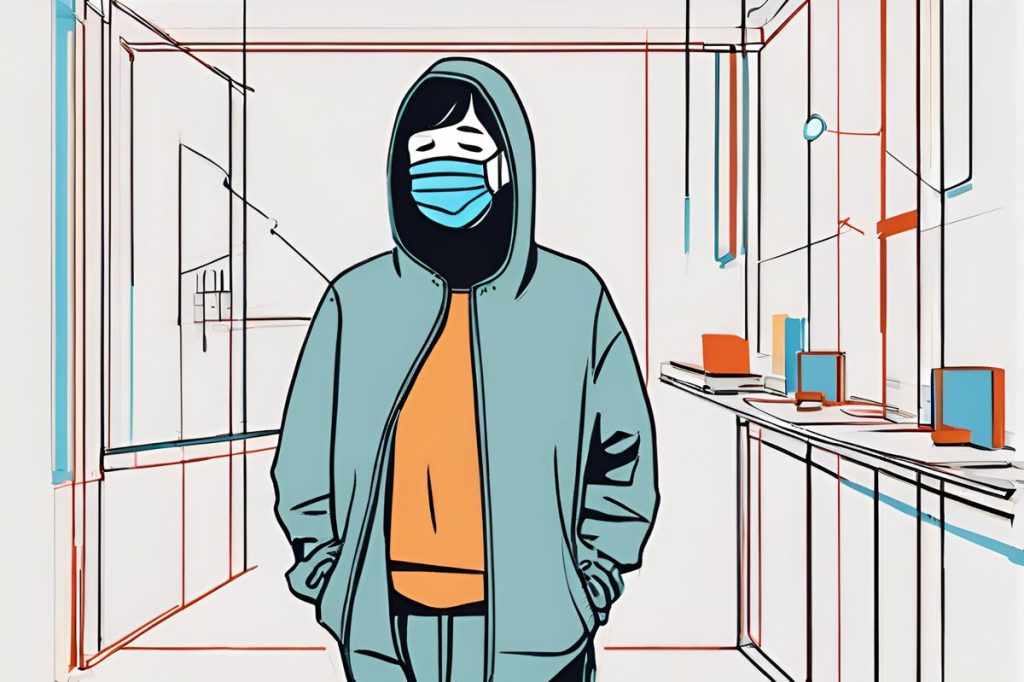Alarm has been raised by the Cyprus Pulmonology Society due to a surge in atmospheric dust levels originating from the Sahara Desert. Individuals with respiratory conditions such as COPD and asthma are urged to take precautionary measures, including staying indoors, monitoring air quality indices, and using air purifiers with HEPA filters.
What health risks are associated with Saharan dust storms and how can they be mitigated?
Saharan dust storms can exacerbate respiratory conditions, posing risks to individuals with lung diseases. To mitigate health risks:
– Minimize outdoor activities
– Adhere to medication regimens
– Seek medical attention for respiratory symptoms
– Stay indoors during high dust levels
– Monitor air quality indices
– Use air purifiers with HEPA filters
– Wear protective masks outdoors
– Stay hydrated and rinse nasal passages
Public Health Concerns Amidst Dust Plume
The Cyprus Pulmonology Society has raised serious concerns regarding the surge in atmospheric dust levels, which have recently seen a dramatic increase due to a plume originating from the Sahara Desert. This phenomenon, known as a Saharan dust storm, can transport vast amounts of fine dust particles across continents, significantly impacting air quality and visibility. The society emphasized the health risks, particularly to individuals suffering from respiratory conditions.
Individuals with chronic lung diseases such as chronic obstructive pulmonary disease (COPD), bronchial asthma, bronchiectasis, and pulmonary fibrosis were urged to take precautionary measures. These measures include minimizing outdoor activities and adhering strictly to their medication regimen. The advice comes in light of the fact that such dust can exacerbate symptoms, potentially leading to increased hospital visits and health complications.
Protective Measures for At-Risk Groups
The society has additionally advised that if symptoms such as difficulty breathing, an irritating cough, wheezing, or a hoarse voice arise, individuals should seek immediate medical attention. In a scenario where dust levels continue to escalate, other vulnerable groups, including children, the elderly, and the infirm are advised to remain indoors as much as possible and to avoid exposure to the open air where the dust concentration is higher.
The high dust concentration in the atmosphere is not only a concern for those with pre-existing conditions but also poses a general health risk that could affect the broader population. The society calls for public awareness and recommends that individuals stay informed about air quality indices, which can serve as a guide to daily activities during such environmental events.
Understanding the Impact of Saharan Dust
Saharan dust events are a natural occurrence, yet they can have far-reaching implications on the local environment and public health. These dust clouds carry not only particulate matter but also microorganisms and nutrients that can impact ecological systems. For instance, the iron-rich dust is known to fertilize ocean waters, leading to blooms of phytoplankton.
While the dust influx can have some positive environmental effects, it is the health implications that are most concerning for the public. The fine particles can penetrate deep into the lungs and even enter the bloodstream. Monitoring and predictive modeling of these dust events have become critical tools in managing the associated health risks and issuing timely public health advisories.
Steps to Mitigate Health Risks
The Cyprus Pulmonology Society’s warning is a timely reminder of the importance of proactive measures to protect public health. People are encouraged to keep windows and doors closed during high dust episodes to reduce indoor air pollution. The use of air purifiers with HEPA filters can also be effective in capturing fine dust particles inside homes and workplaces.
Individuals who need to venture outdoors are advised to wear protective masks, especially those designed to filter out fine particulates. It is also recommended to stay hydrated and to rinse nasal passages with saline solutions to alleviate any irritation caused by dust particles. As atmospheric conditions continue to change, staying vigilant and prepared is key to minimizing the health impacts of these dust events.
What health risks are associated with Saharan dust storms and how can they be mitigated?
Saharan dust storms can exacerbate respiratory conditions, posing risks to individuals with lung diseases. To mitigate health risks:
– Minimize outdoor activities
– Adhere to medication regimens
– Seek medical attention for respiratory symptoms
– Stay indoors during high dust levels
– Monitor air quality indices
– Use air purifiers with HEPA filters
– Wear protective masks outdoors
– Stay hydrated and rinse nasal passages
What are the public health concerns amidst the dust plume from the Sahara Desert?
The surge in atmospheric dust levels originating from the Sahara Desert has raised serious concerns due to the impact on air quality and visibility. Individuals with chronic lung diseases are particularly at risk and advised to take precautionary measures.
What protective measures should at-risk groups take during high dust levels?
At-risk groups, including individuals with respiratory conditions, children, the elderly, and the infirm, should minimize outdoor activities and stay indoors during high dust levels. Seeking medical attention for respiratory symptoms is crucial, as well as adhering to medication regimens.
How can individuals mitigate health risks associated with Saharan dust events?
To protect against the health risks of Saharan dust events, individuals are encouraged to keep windows and doors closed, use air purifiers with HEPA filters, wear protective masks outdoors, stay hydrated, and rinse nasal passages with saline solutions. Monitoring air quality indices and staying informed about dust levels are also important preventive measures.

